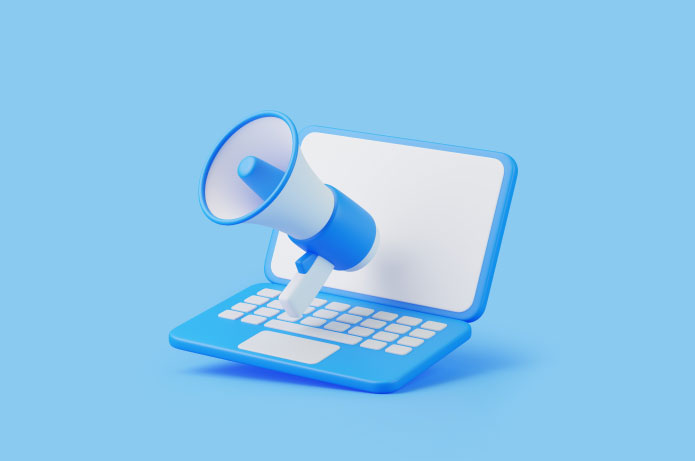The first edition of FIFA’s new Club World Cup format is restructuring how brands and clubs connect with audiences. With a record prize pool of $1 billion, the tournament is redefining sports marketing strategies on a global scale. According to recent FIFA data, advertising investments in football grew by 30% in 2025, driven mainly by unprecedented opportunities the competition’s new model provides for brand activations and audience engagement.
According to Bruno Almeida, CEO of US Media, a digital performance specialist and official advertising representative for OneFootball in Brazil, Brazilian clubs have already recognized the tournament’s potential as a media platform and are increasing their investments.
“We’re seeing a very clear increase in Brazilian clubs’ investments in media and advertising, especially with the boost from the new World Cup. The growth is significantly higher than what we’ve seen in previous years, driven by brand strengthening and internationalization campaigns,” explains the executive.
The battle for audience: multiplatform and engagementFlamengo, for example, is making massive investments in internationalizing its brand, with special focus on the North American market. Beyond expanding Flamengo TV, the club is bringing its Soccer Camps to the United States, creating a direct bridge with new generations of fans. Meanwhile, Palmeiras has adopted an even bolder strategy, with ambitious activations like ‘Casa Palmeiras’ in host cities and ‘Palmeiras Day’ in New York, plus launching an exclusive jersey in partnership with Puma specifically for the competition.
“It’s important to note this movement didn’t come out of nowhere,” explains Bruno Almeida. “It’s actually the acceleration of a trend built over the last decade, resulting from increasingly professional management in clubs’ marketing and commercial areas. What we’re seeing now is this process reaching its peak maturity just as global football gains its most important stage.”
On the brand side, the scenario is equally impressive. FIFA has confirmed six heavyweight official sponsors for this edition: Hisense, AB InBev, Bank of America, Coca-Cola, Adidas and Visa. The figures involved are historic: AB InBev invested around $80 million, while Coca-Cola signed a $400 million contract with FIFA valid until 2030, according to Statista data.
“FIFA is truly changing the game with the record prize pool allocated to this new tournament,” comments Bruno Almeida. “When you combine that with the presence of global giants and top Brazilian clubs, the result is strong incentive for brands to increase their presence and investments in football. And of course, this directly impacts the entire media negotiation landscape.”
Fragmented broadcasting becomes advantage for brands
The broadcasting strategy in Brazil reflects this new ecosystem’s complexity and potential. Coverage will be distributed between free-to-air TV (Globo), pay TV (SporTV) and various streaming platforms including Globoplay, Prime Video, Mercado Play and CazéTV on YouTube. The latter, with its 13 sponsors – including giants like Coca-Cola, Mercado Livre and iFood – perhaps best represents the ongoing transformation.
“This profound transformation isn’t just about adding new broadcasting platforms, but consolidating a new way of consuming and engaging with football. Most fans use a device and app like second screen while watching matches. Brands have realized they’re no longer just buying advertising space; they’re associating with a real, authentic community with extremely high engagement levels,” analyzes US Media’s CEO.
Opportunities for brands and advertisers go far beyond traditional formats. “Today, brands want more than just logo exposure during games. They seek to create experiences, offer services and promote actions during competitions,” explains Almeida. “Digital platform broadcasts open possibilities for more creative and targeted actions, like using data to segment fans and show personalized creatives for each.”
For the executive, the secret to success lies in authenticity. “The big opportunity here is integrating authentically into the conversation, becoming part of the content and being welcomed for it. It’s about activating real-time promotions – like food and drink delivery during matches or giveaways that depend on fan engagement – and through this, building credibility and genuine connection.”
The future of sports marketing: personalization and experiencesLooking ahead, Bruno Almeida sees an industry undergoing major transformation. “The future of football advertising is changing radically. We’re moving from a model focused solely on ads into the era of experience ecosystems. The driving force behind this is the powerful fusion of data and interactivity.”
“In this new scenario, clubs and brands need to adopt an entertainment company mindset,” he advises. “Their role becomes producing narratives and interactive experiences constantly to keep audiences engaged. However, it’s crucial to remember that technology, no matter how advanced, is just the means. The true competitive advantage will be our ability to connect each innovation to sport’s most authentic values. Success will come to those who can associate immersive experiences and collected data with football’s essential pillars: community spirit, passion for the game, and social and environmental responsibility.”
With the 2025 Club World Cup heating up, one thing is certain: football will never be the same. For brands, clubs and fans, this is the moment to embrace transformation and write a new chapter in the history of the world’s most beloved sport.


